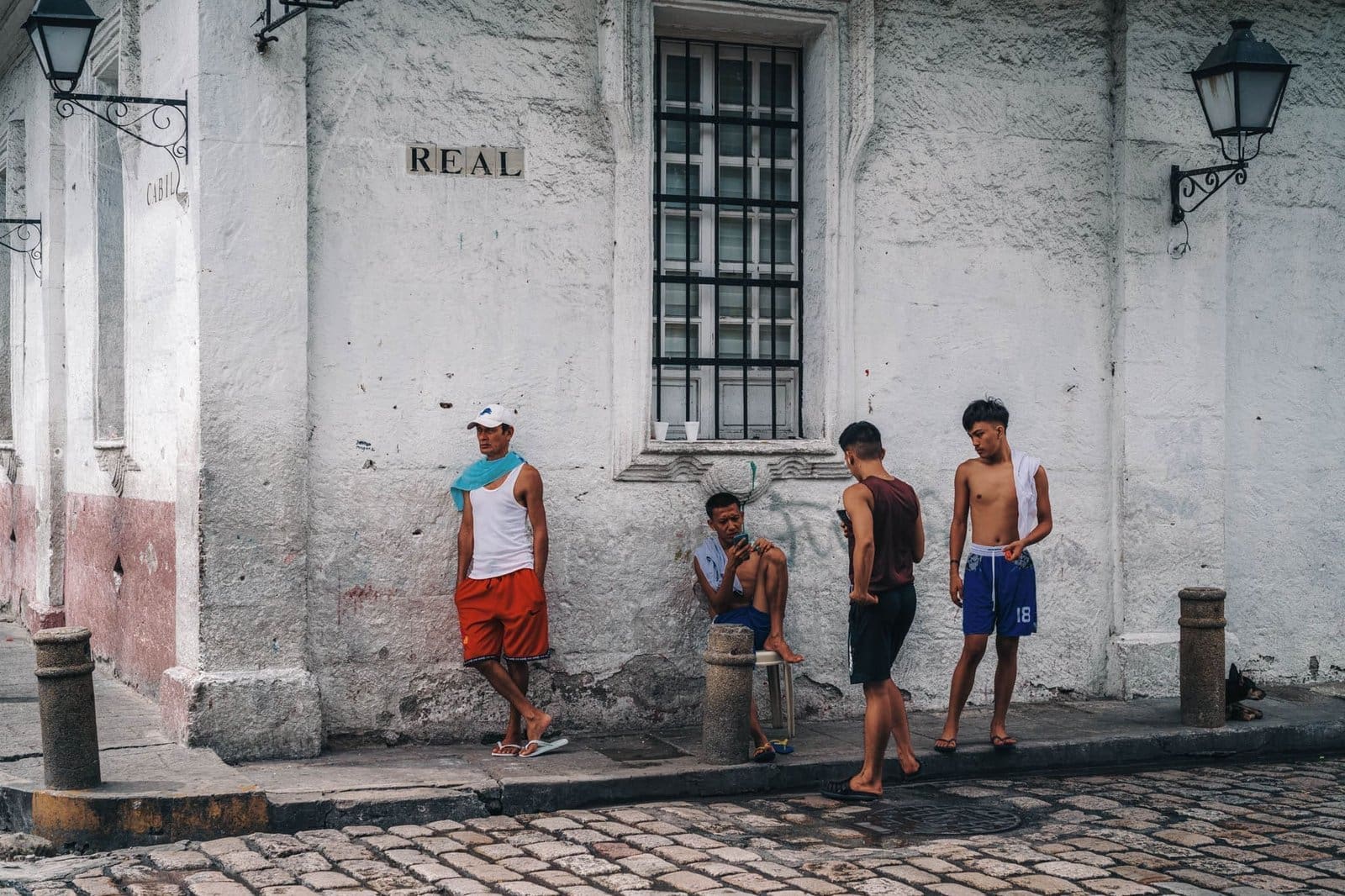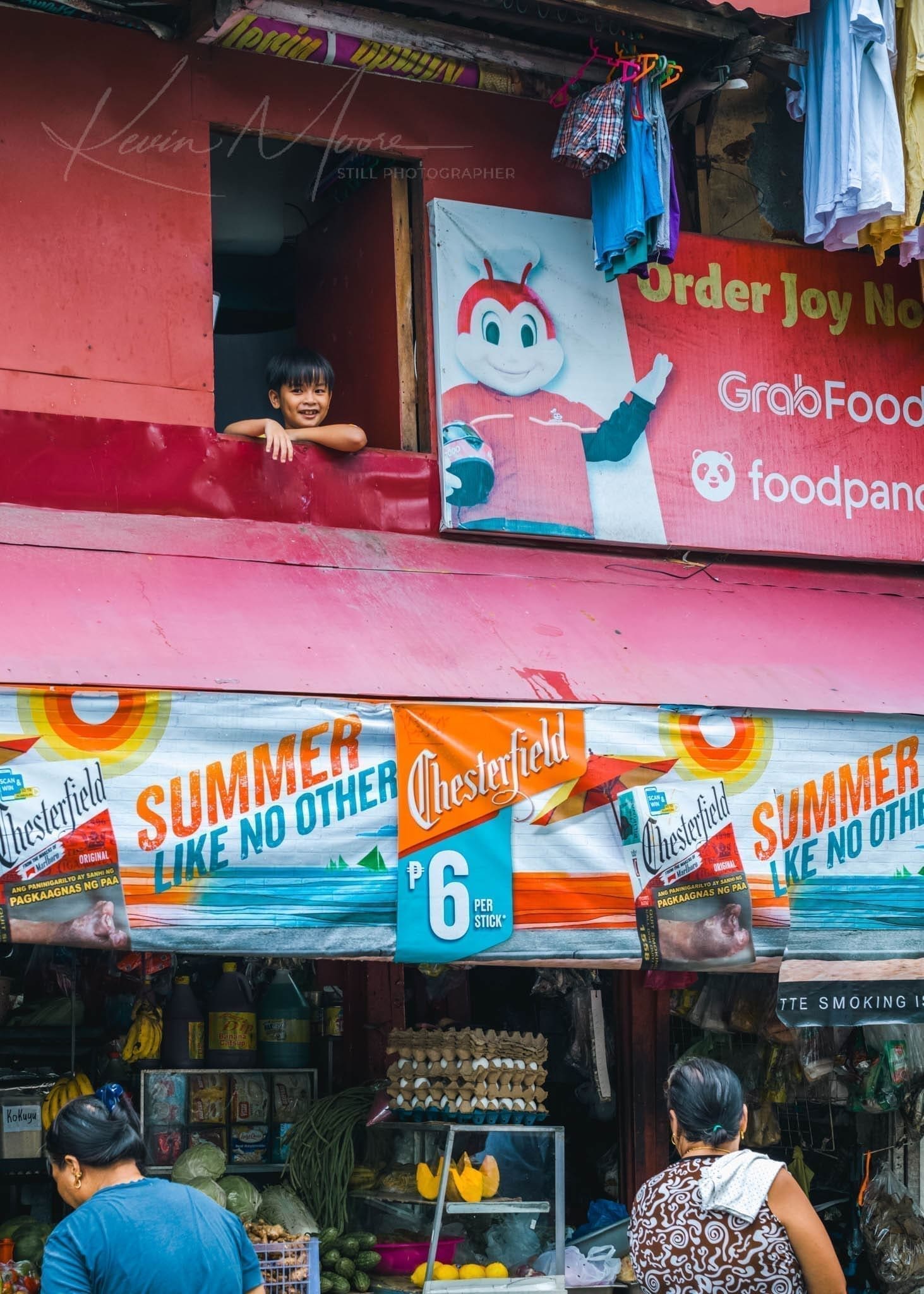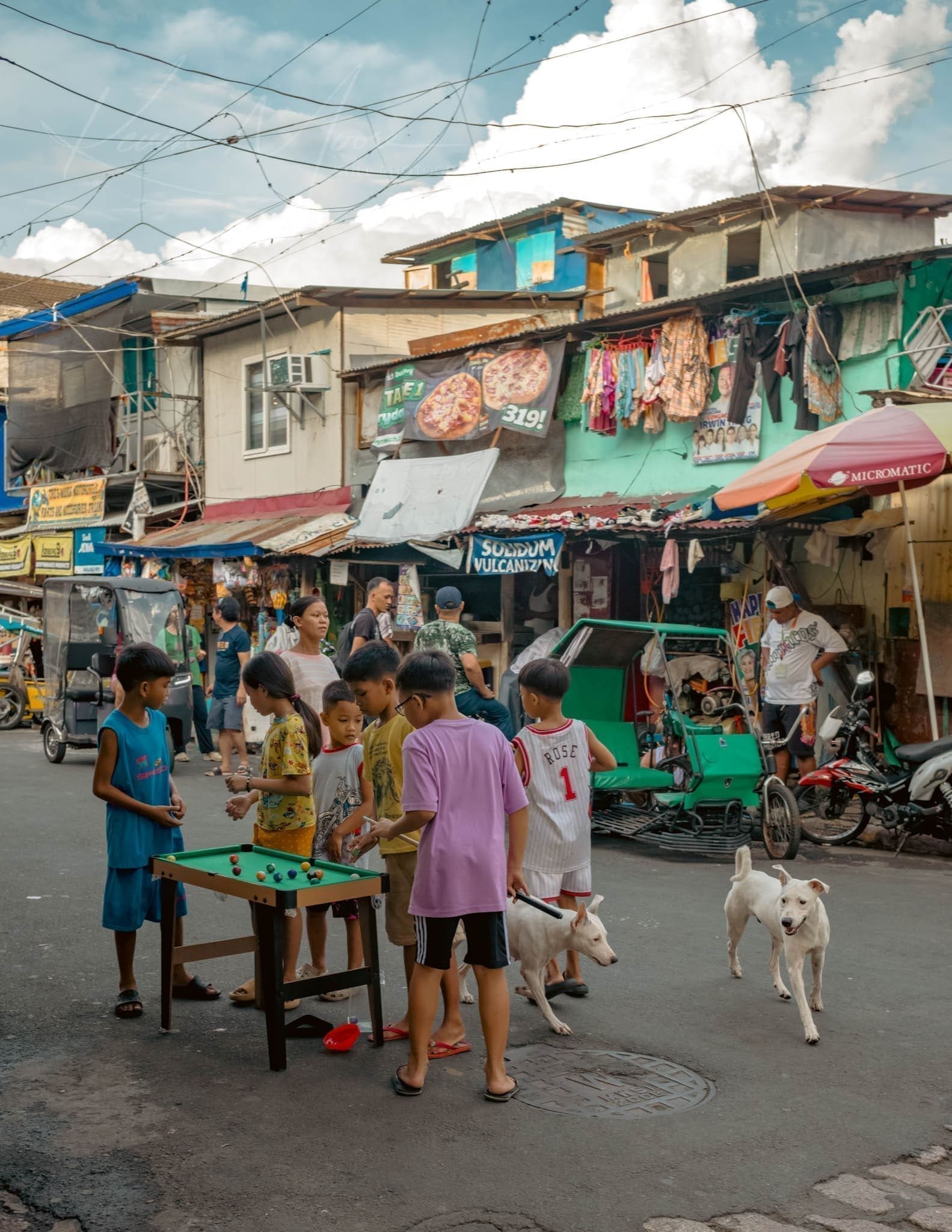Introduction
Nestled in the heart of Manila, the historic district of Intramuros stands as a testament to the Philippines’ rich colonial past. Known as the “Walled City,” Intramuros is a treasure trove of cultural heritage, offering a picturesque backdrop that perfectly blends history with modern urban life. For street photographers, street photography in Intramuros Manila with the Leica M11 is a dream come true, with its cobblestone streets, ancient architecture, and vibrant local scenes.
Street photography captures the essence of everyday life, freezing candid moments that tell stories of the urban environment. Whether you’re a seasoned photographer or just starting out, there’s something incredibly rewarding about documenting the world as it unfolds naturally. Equipped with a camera like the Leica M11, I was able to capture the soul of a city like Manila with precision and quality.
In this article, I’ll take you on a journey through my experience in Intramuros, exploring its unique urban culture and sharing my tips on how to make the most of your street photography experience. Let’s reflect on our adventure through the vibrant streets of Intramuros!
Exploring Intramuros





Intramuros, often referred to as the “Walled City,” is a historical and cultural gem located in the heart of Manila. Built during the Spanish colonial period, this area is rich with history and offers a unique blend of the old and new, making it a perfect setting for street photography.
Historical Background
Intramuros was established in the late 16th century and served as the center of political, religious, and military power during the Spanish colonization of the Philippines. The walls of Intramuros were built to protect the city from foreign invasions and have stood the test of time, offering a glimpse into the past. Walking through its narrow streets, I could feel the weight of history in every corner.
Urban Culture in Intramuros
Today, Intramuros is a bustling area where history meets contemporary urban life. The streets are alive with the daily activities of locals and tourists alike. Street vendors, tricycle drivers, and students from nearby universities add to the vibrant atmosphere. This fusion of old, new, and gritty creates a unique urban culture that was a delight to capture through the lens.
Best Spots for Street Photography
One of my favorite spots in Intramuros was Fort Santiago. This iconic landmark not only held historical significance but also offered stunning architectural details perfect for photography. Another must-visit was San Agustin Church, the oldest stone church in the Philippines, with its beautiful baroque architecture. Plaza de Roma, located at the heart of Intramuros, was surrounded by significant buildings and provided a great spot to capture the hustle and bustle of the area. Lastly, walking along the walls of Intramuros gave me a higher vantage point to capture panoramic views of the city, blending the old walls with the modern skyline of Manila.
Intramuros was more than just a historical site; it’s a living, breathing part of Manila that offered countless opportunities for stunning street photography. I thought Intramuros was one of the best raw street photography locations that I had ever been to.
Capturing Urban Life
Intramuros was a dynamic environment where the past and present converged, making it an ideal setting for capturing urban life through street photography. Here are some techniques that worked for me in documenting the vibrant scenes and people that defined this unique area.
Techniques for Capturing Urban Culture
To capture authentic moments, I found it important to blend in with my surroundings. Dressing casually and avoiding drawing attention to myself helped me capture candid shots without disturbing the natural flow of life around me. Spending time observing the interactions and movements of people, and anticipating moments of interest, was key to my success in street photography. Patience was essential. I also focused on details, looking for interesting textures, patterns, and colors that told a story. The worn cobblestones, colorful street art, and vintage signs of Intramuros all added depth to my photos.
Intramuros was teeming with life, and each street offered a new story waiting to be captured. With the right techniques and a respectful approach, I was able to create compelling images that reflected the true essence of urban life in this historic district.
Meeting a Fellow Street Photographer

During my exploration, I had the pleasure of meeting up with my fellow street photographer friend, Thoto Alquinto ( @a.alquintojr )was using a 16-megapixel Olympus OM-D style camera. Despite the super humid weather and bouts of rain showers, we managed to capture some incredible moments. Thoto has an excellent Instagram account where he showcases his incredible talent for capturing the essence of urban life.
The Leica M11 Experience
While capturing the vibrant streets of Intramuros, having a reliable camera was essential. The Leica M11, known for its exceptional build quality and precision, enhanced the street photography experience. Its compact size and discreet design made it perfect for blending into the urban environment without drawing too much attention. I can imagine people with Fujifilm X100 series cameras, or any kind of rangefinder, would be in street photography heaven in Intramuros.
Conclusion
Exploring and photographing Intramuros, Manila, offered a unique opportunity to capture the rich history and vibrant urban life of this historic district. From the ancient walls and cobblestone streets to the bustling daily activities of locals, Intramuros provided an endless array of subjects for street photographers.
Whether focusing on the intricate details of urban culture, capturing the expressions of street portraits, or highlighting the architectural beauty of historical sites, Intramuros had something for every photographer.
I encourage you to take your camera and explore the streets of Intramuros, immerse yourself in its vibrant culture, and capture the moments that resonate with you. Share your experiences and photos with others, and inspire more people to discover the beauty of street photography in Manila.
Happy shooting!
